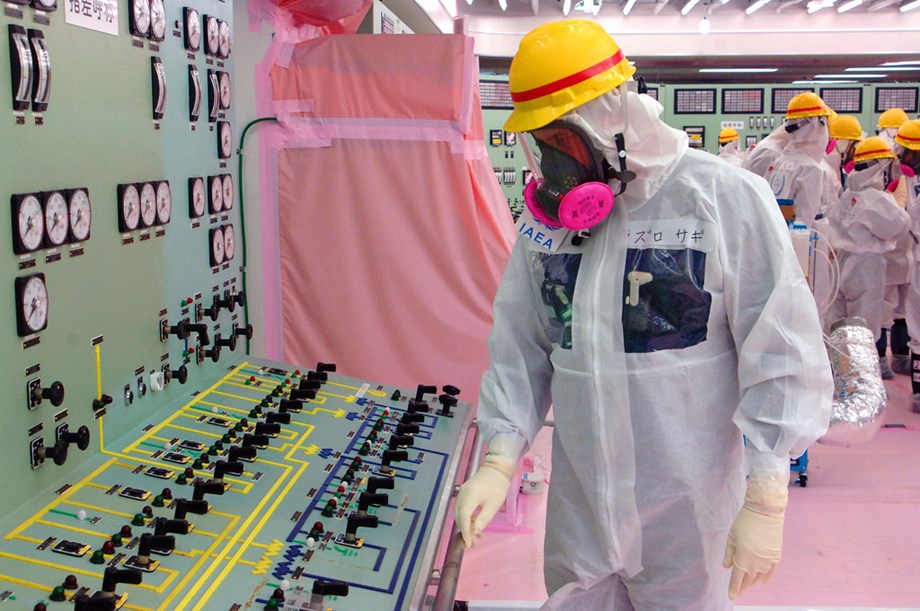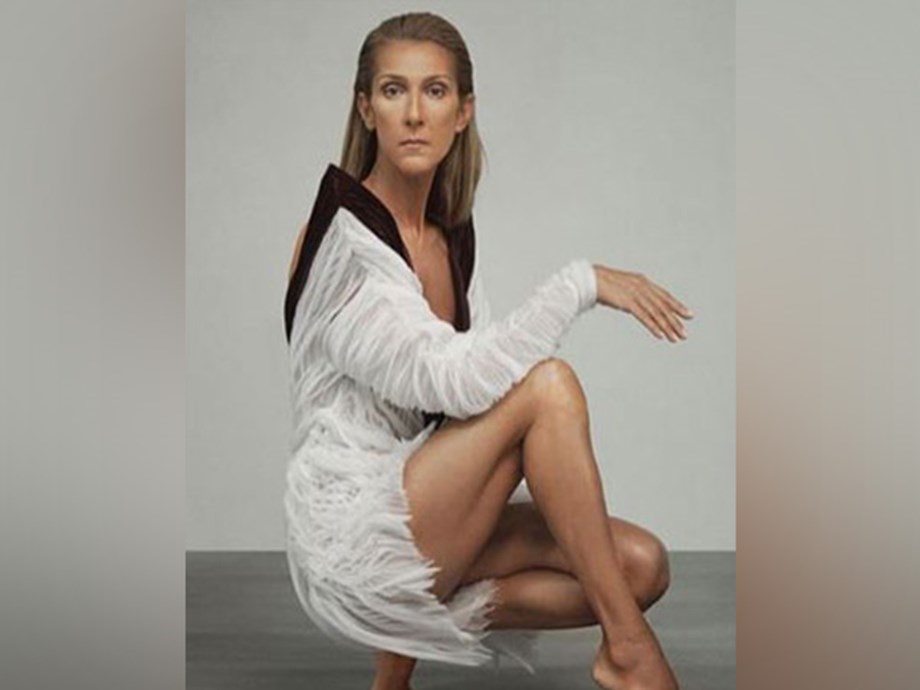
The Batman is already a tremendous success, basically guaranteeing a sequel from Warner Bros, and the use of one of DC Comics’ more outrageous villains could avoid unwanted comparisons to Christopher Nolan’s Dark Knight trilogy in the future. While many of Batman’s enemies have no powers, even the ones that do are fairly grounded characters in scope and don’t deviate much from what the famed vigilante is all about. Using one of Batman’s more fantastical villains would act as a solid transition befitting the direction these films seem inclined to take. He has no shortage of them, including the likes of Bane, Man-Bat, and, most interestingly, Clayface.
There have been numerous iterations of Clayface over the years. The first, debuting in Detective Comics #40 (1940), was a disgruntled actor by the name of Basil Karlo, driven mad by his being replaced for a role. It wasn’t until later iterations, however, that the superhuman angle of Clayface being a shape-shifting mud man was adopted. By far the most iconic iteration, however, came from Batman: The Animated Series, which combined the original Clayface’s screen actor background with the powers of later counterparts, creating a tragic character in Matt Hagen, who used a special drug called Renuyu to alter his appearance after an accident left him horribly scarred. Unfortunately, he got this drug from dealings with shady criminals, and an attempt to kill him with the drug resulted in his becoming the mud monster he is now. This iteration was so popular, in fact, that it was later somewhat adapted in the comics, with the Penguin being the source of the drug.
Of all the Batman villains with powers, the one best suited to bring that detective side of Batman to the big screen has to be Clayface. It’s not even a stretch to say that Clayface would fit perfectly into the overall direction that The Batman took. He’s perfect for the type of dark, detective noir story established in the first film. His personal motivations fit the style of the first film exceptionally well, regardless of which origin is used for him. Most importantly, however, Clayface’s more tragic side would simply aid in the evolution of Batman into the hopeful direction he struck at the end of the film.

The first and most obvious benefit of using Clayface is his power set helping the detective narrative. Unlike the more overtly superheroic take of Tim Burton’s Batman or the paramilitary overtones of the Dark Knight trilogy, The Batman takes most of its inspiration from detective noir stories. The Riddler was a perfect villain to do this with, especially with the conspiratorial layer added by including Carmine Falcone and the Penguin to the story. However, not many of Batman’s other classic villains really allow for that style of story. The Joker certainly can, as well as Hush and others. However, it’s Clayface, as a character who’s able to become literally anyone, who can take that style even further. His disguises could make for some incredibly compelling mystery, especially if he’s not properly revealed until late into things.
On top of his abilities, Clayface’s motivations and methods tend to suit detective noir storytelling rather well. Playing to his original motives, he could be a serial killer. Of course, this could make him too similar to Riddler. The option does exist, however, to take beats more from the more modern interpretation of the character, inspired by Batman: The Animated Series. This could also give him some connection to Penguin and the rest of Gotham’s seedy underground as the updated comic origin revolved around him getting the drug that did this to him from the Penguin himself.
Best of all, Clayface could be a perfect transitional villain that reinforces the direction that The Batman’s ending implied the future of the character to take, making Batman less vengeful and more of a symbol of hope. This could be interpreted as Batman stepping more into the traditional superhero role – something that a villain with superpowers, like Clayface, could help further along while still keeping close to the spirit of the first film. Not only that but as more modern iterations of the character are more sympathetic, Clayface could be a real test of Batman’s dedication to that new mission. Ultimately, with his powers, motivations, and thematic relevance, any follow-up to The Batman could do a lot worse than Clayface.










































































